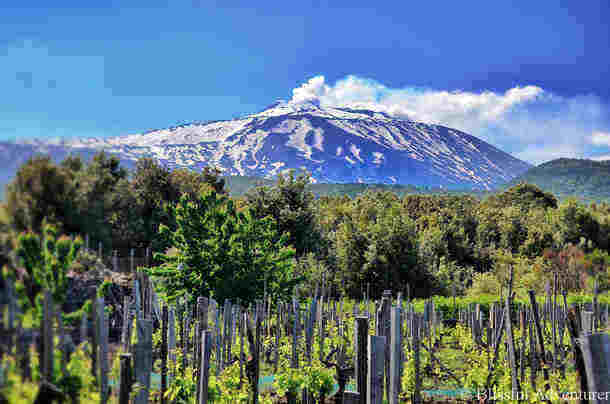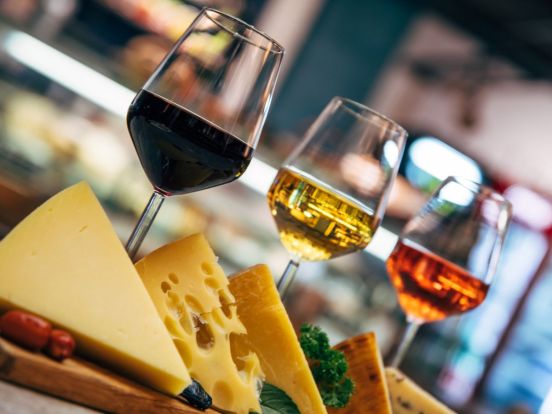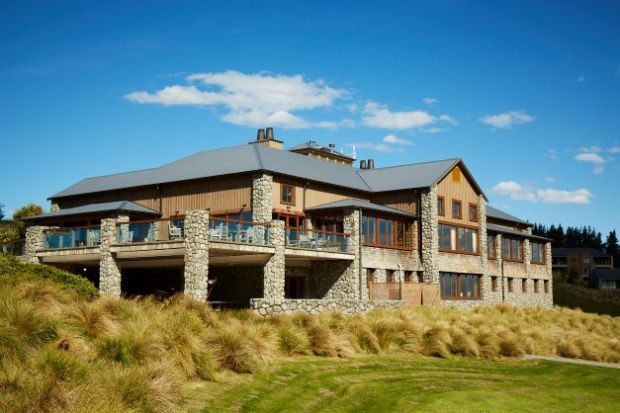 Elin McCoy is a self-confessed wine-discovery junkie. She argues “the number of global hot spots for wine is ever expanding.” McCoy warns “if you’re still rattling off the names of the old, long-famous regions, you’re way behind the times.” She provided Bloomberg Business with eight spots where good wine is on its way to becoming great wine. Here are the final four on her list:
Elin McCoy is a self-confessed wine-discovery junkie. She argues “the number of global hot spots for wine is ever expanding.” McCoy warns “if you’re still rattling off the names of the old, long-famous regions, you’re way behind the times.” She provided Bloomberg Business with eight spots where good wine is on its way to becoming great wine. Here are the final four on her list:
Southern England
Forget England’s famously damp, chilly anti-wine-grape climate. Global warming and the same chalky soil as France’s Champagne region make its south coast a natural for sparkling wine — 66 percent of the four and half million bottles produced here are bubbly. As in Champagne, chardonnay and pinot noir are the most planted grapes. Nearly 150 wineries are betting on the future, and so far, I’ve found the best wines come from the South Downs of Sussex.
Lodi, California
An hour and a half east of Napa Valley, zero glamour Lodi has a long history of growing and selling grapes to outsiders. Only recently has it fostered its own wineries; now there are about 80. Land is cheap, so wine prices are low. This is red wine country and California’s zinfandel capital, providing grapes for about a third of the state’s premium zins. Vintners here craft some of the boldest examples around. But the adventurous ones are experimenting with some 70 varieties, including Spain’s tempranillo, Portugal’s touriga nacional, and Italy’s barbera and primitivo.
Mt. Etna, Sicily
The 45-degree slopes of a massive, perpetually rumbling volcano in eastern Sicily don’t automatically make me think of vineyards, but in the last decade Mt. Etna has become one of Italy’s most exciting wine regions. Thirty years ago there were five producers; now there are nearly 90 who tend vines at elevations of 2,000 to 3,500 feet. Native grapes carricante for whites and nerello cappuccio (and the even better nerello mascalese) for reds produce the best wines. The high altitude and rocky terroir translate into sultry, salty, highly distinctive wines.
Maule Valley, Chile
This long, narrow country, with some 13 wine regions, has recently planted vineyards in extreme locations: at altitudes of nearly 7,000 feet in the Andes and in the middle of the Atacama desert. But I’m a fan of the little-known Maule region, in the south of the Central Valley, where small-scale vintners discovered a treasure trove of old carignan and pais vines. Though the majority of Maule’s 36 million liters of wine (in 2013) are Chile’s mainstays, cabernet and sauvignon blanc, these old vines offer something truly special.
Source: Bloomberg – http://www.bloomberg.com/news/articles/2015-02-23/the-world-s-next-big-wine-regions








